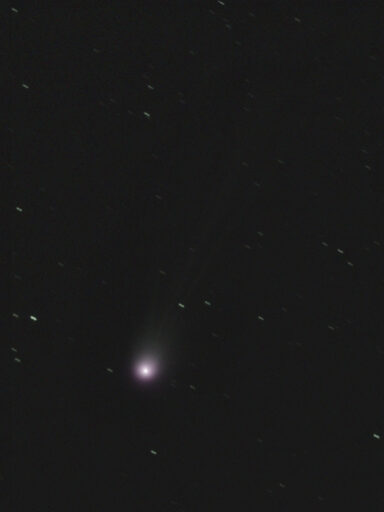
Telescope/Camera: Seestar S50
Filter: None
Exposure: (60 + 60)x10sec (20min) saved as FITS
Average Light Pollution: Bortle 8, fair transparency at dusk
Software: Nebulosity, Photoshop
Well, this was fun. I am fortunate enough to own a pair of Seestar S50s that I usually use in in parallel recording data on different targets at the same time, often a series of variable stars. However, in this case I wanted to grab as much data as I could on Comet 12/Pons-Brooks before it was lost to the haze and light pollution over my western horizon, so I used them to image the comet simultaneously over a 10-minute period starting at 9:00pm EDT. This resulted in 60, 10sec exposure from each camera that were then aligned and combined in Nebulosity and processed in Photoshop. Given the challenging conditions I am delighted with the result.
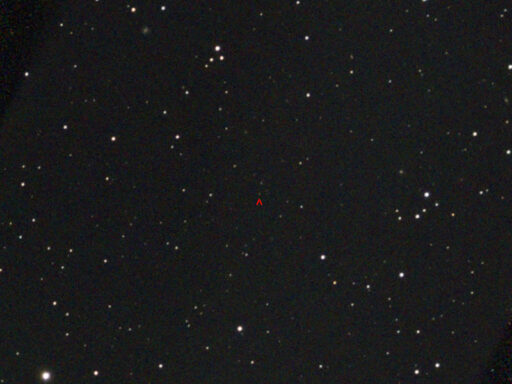
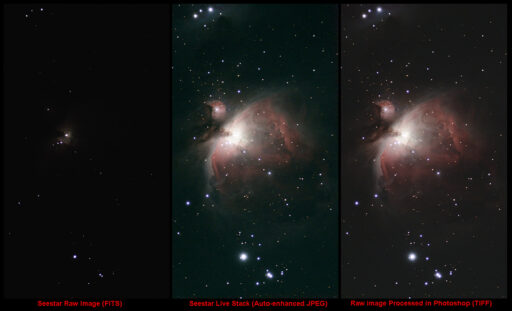
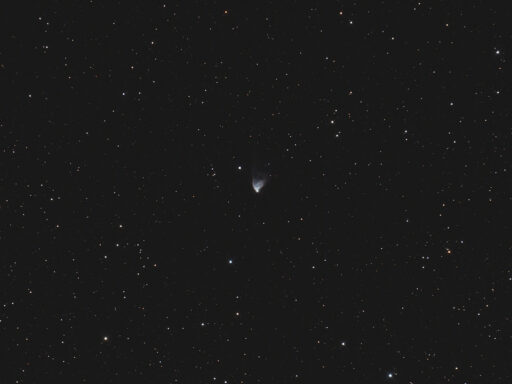
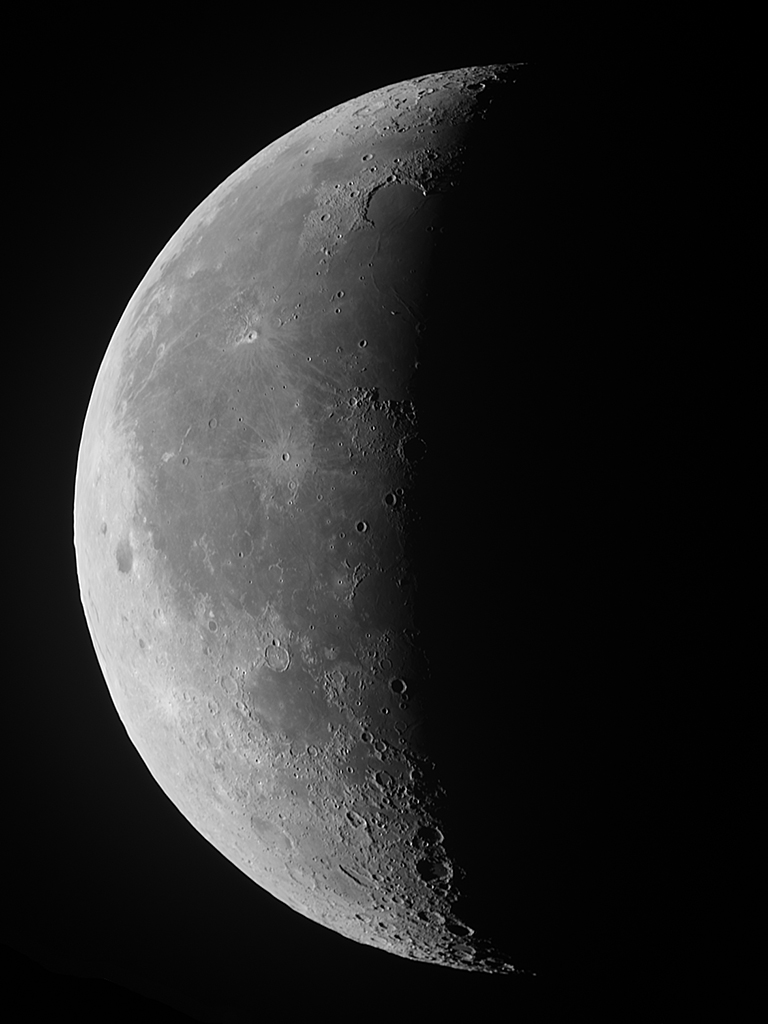
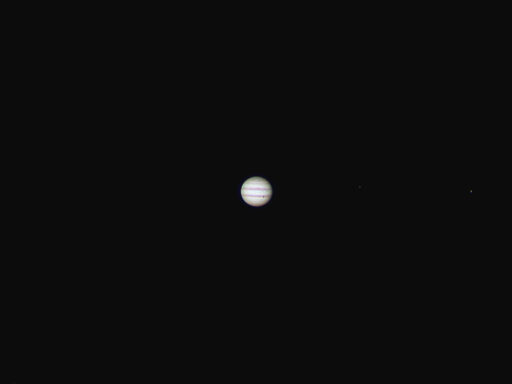
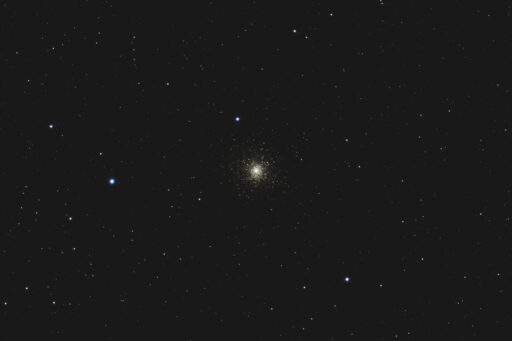
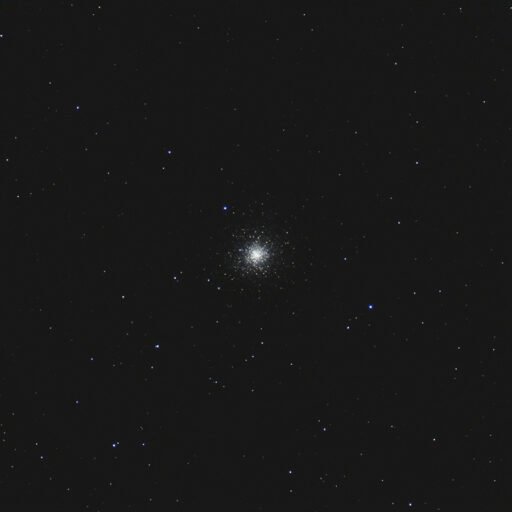
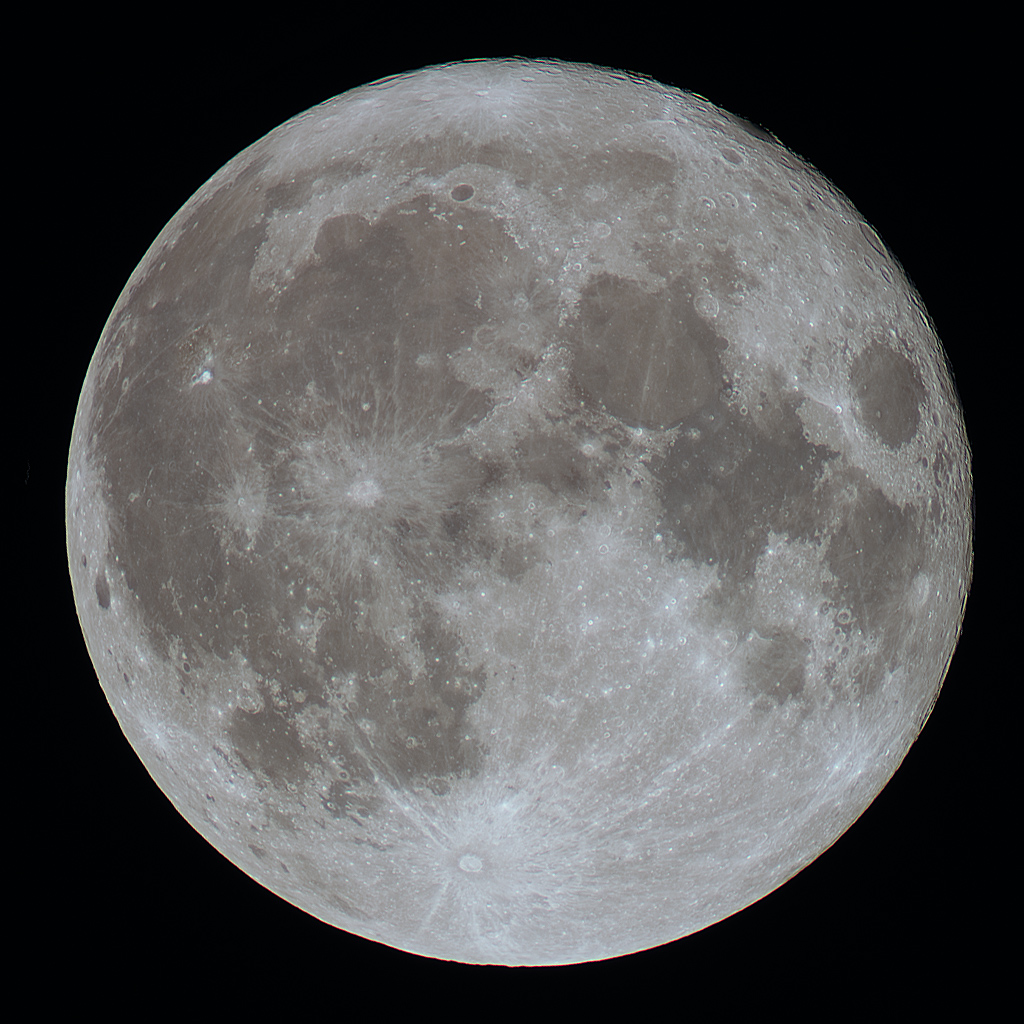
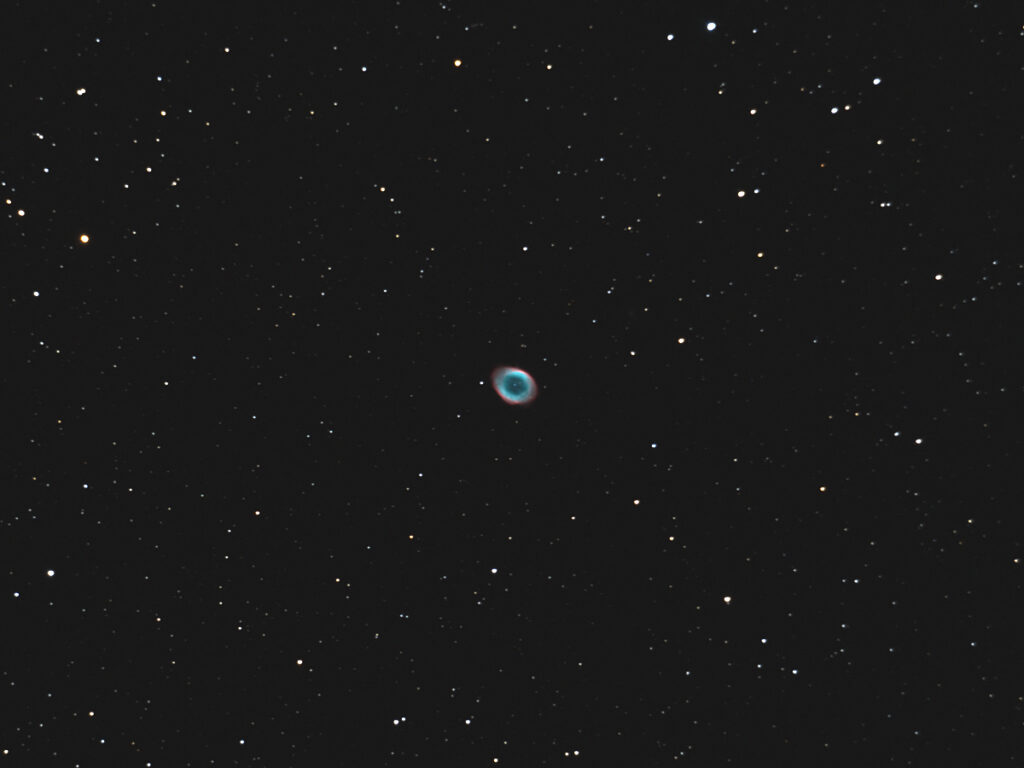
Recent Comments